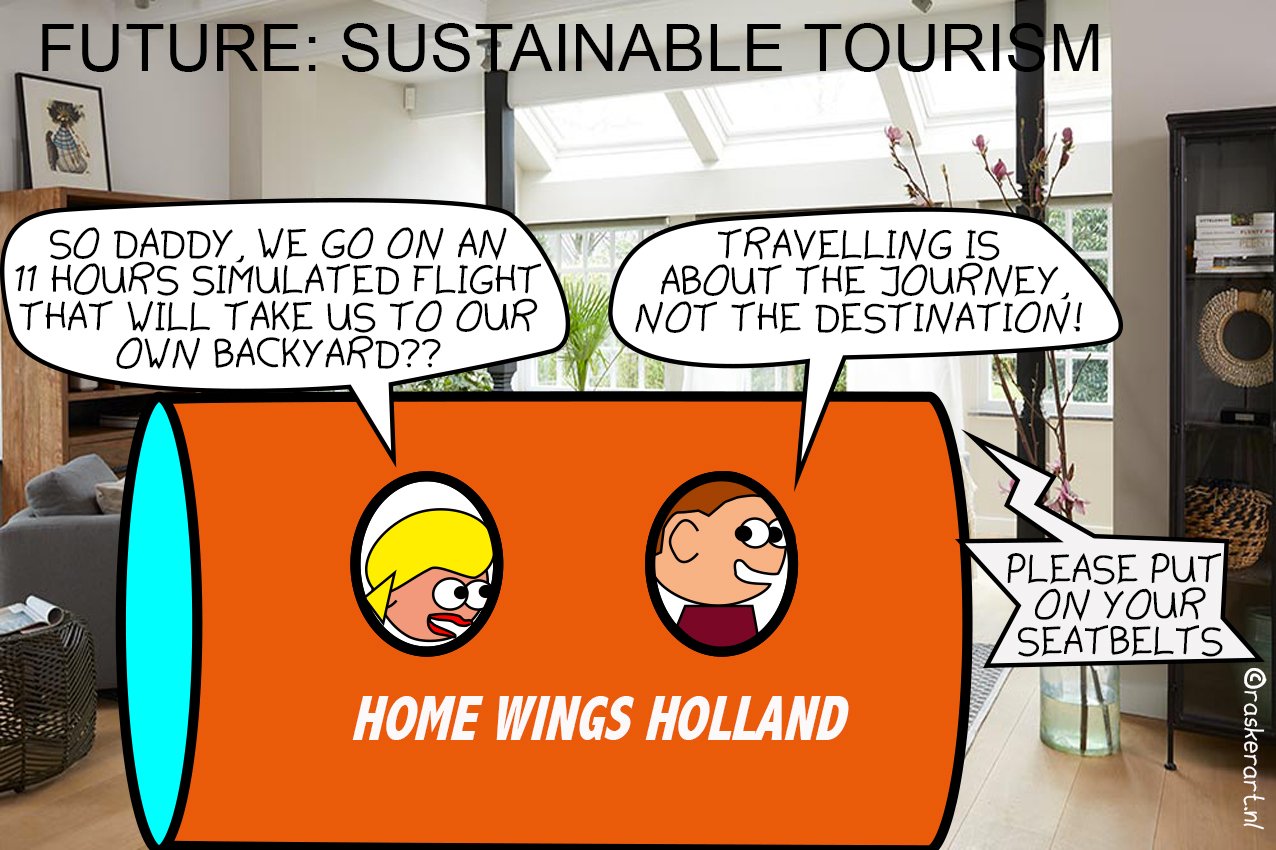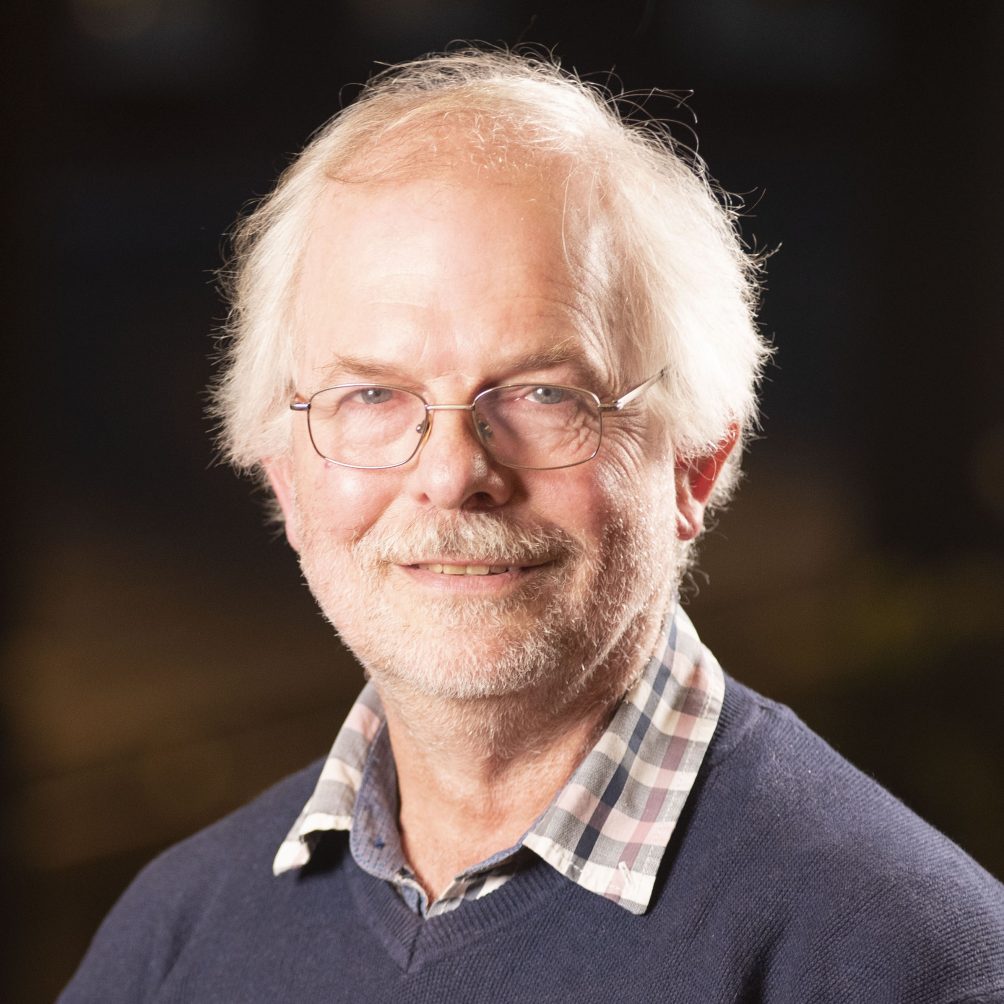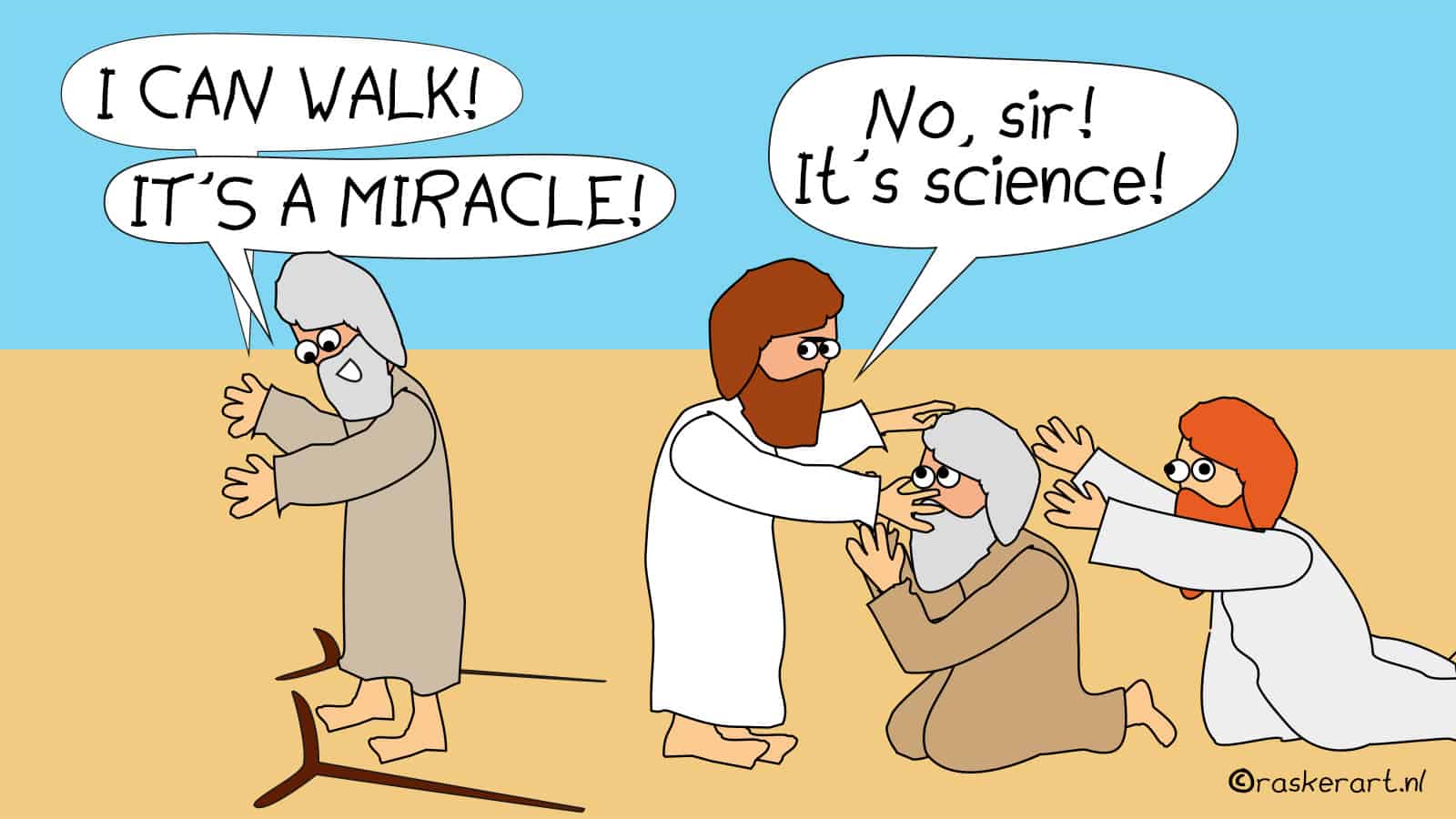
The tourism sector is becoming more sustainable, but still only marginally, says Paul Peeters, lecturer in sustainable transport and tourism at Breda University of Applied Sciences. Peeters says the tourism sector is fairly conservative. “A lot of effort is put into new activities, which often have a fun factor to them. In terms of the sustainability factor, I think that progress is somewhat disappointing.”
Peeters did come across an electric camper back in 2018. He showcased it at a conference in Vienna. That conference was about electric transport between the Netherlands and Austria. The electric camper was a project funded by the Dutch Ministry of Economic Affairs. “If you were lucky, it got as far as 100 kilometers,” he says.
Electric driving
The camper rental company Camptoo developed the camper, among other things. That company now also offers electric campers for rent. Driving an electric camper is still a challenge in Europe, Peeters admits. “The facilities for electric mobility differ enormously from country to country. In the Netherlands, the charging system is still fairly well organized. But in Austria, for example, the brand, type or subscription for charging can differ from town to town.”
In any case, electric driving is not very common in the tourism sector yet, Peeters says. “If people book a hotel, for example, and ask whether there is a charging station, they often get ‘yes’ as an answer. And then it turns out that there isn’t one or that the pole has the wrong system. The people at the hotels have no idea how complicated it all is. They don’t drive electric cars themselves.”

Getting to the station for free
Another option for promoting sustainability is to encourage train use. As the Austrian ski village of Werfenweng did some fifteen years ago. The village is about twelve kilometers from the train station at an altitude of approximately one thousand meters. “They offer transportation between the hotels and the station for free. You also get a discount in most hotels if you come by train. And you are given the guarantee that if you get stuck somewhere, they will pick you up. After a while, about 10 to 15 percent of them came by train. In those days, tourism in Austria was pretty steady; that village was the only one where it grew. Then you might think: there’s a market for it – tap into it. But other places didn’t do very much with it.”
This reveals the level of conservatism, Peeters believes. “If the majority come by car, then we’re not going to be able to do anything to dissuade the use of cars. It’s almost as if whenever you do something for a train passenger, then you are doing something against car users. That’s not the case, of course; all you’re doing is offering an advantage to a small group of the market.”
Leading the pack
Of course, there are examples of hotels that are leading the way, Peeters goes on. Like Amsterdam’s The Albus, which has gotten rid of gas completely. Or a tour operator like WanderGreen that offers sustainable travel, both in the Netherlands and in Europe.
Peeters is noticing a change among several tour operators. “For example, a number of tour operators are experimenting with tours that use electric cars. That’s quite a puzzle to work out. Especially in other countries. So if a tour operator can do that for you, then that’s a wonderful product.”
Tour operators are also starting to realize that they need to look for markets closer to home, says Peeters. “I already saw that before the corona crisis. Like Sawadee, formerly a specialist in long-distance travel, which now also offers plenty of trips within Europe.”
Paris climate targets
According to Peeters, the greatest gains in making the sector more sustainable are found in travelling closer to home. Destinations which you can reach by car or train. He earned his doctorate in 2017 with research on the Paris climate goals and aviation. In part due to tourism, we will be flying nine times as much around the world in 2100 as we do today, he concludes in his dissertation.
“I think the economic importance of flying is overrated. Of course, not if you only want to abolish air traffic in the Netherlands and not in the rest of the world. But if you don’t expand from 500,000 flights to 530,000, then that doesn’t make much difference. It would also be better to drop from 500,000 down to 300,000 flights. That would immediately solve a number of noise pollution problems.” Peeters thinks that the Dutch economy would not notice much, if anything at all. “The money then ends up in tourism in other ways. Like through train tickets, or garages because we’ll have to service our cars more often.”
In the discussion surrounding sustainability, it is also often argued that flying less far will be at the expense of the economy in Africa, to name one, says Peeters. “If you take tourism away from Kenya, then the country will certainly have a problem.”
Limit
In 2014, Peeters published about the effect of fewer long-haul flights on impoverished countries. Would it affect those countries more than rich countries? “We studied what would happen if people were not allowed to travel further than 10,000 kilometers. Trips from Europe to Australia would ten be out of the question.” If someone cannot go to Australia, then that person is not going to sit at home, was Peeters’ contention. “People will think of something else.”
If you set the limit at, say, 3,000 kilometers, then you see that one country benefits while another doesn’t, says Peeters. “Small islands that are far away from everywhere else would experience a disadvantage. But a lot of African countries would likely benefit from it to some degree. Fewer Kenyans would travel abroad, for example. Those rich Kenyans would stay in their own country or go to a neighboring country. So you keep the money more in the region and it doesn’t seem to matter overall. The difference between rich and poor countries turned out not to be that significant.”
Flying 100 kilometers
Of course, there are also technical developments that can help make flying more sustainable, Peeters points out. During the 2018 conference in Vienna, he philosophized about this with an official from the Ministry of Economic Affairs. Both have a history with Fokker.
“We both recognized that electric aviation is not going to work. At least definitely not with batteries. You’d be lucky to get 100 kilometers of flight with them. You might hope that one day we’ll be flying with a battery, but it’s not at all clear whether we’re going to achieve that and especially when.” Yet there are other ways, says Peeters.
Like with e-fuels. Peeters had read in a German report about how kerosene was made from water and CO2 with a lot of sustainable energy. That official was busy at the time looking into whether there was anything you could do with CO2 emissions that industry emits.” On a piece of A4 paper, the men calculated that with one or two of these large industries, “you could come pretty close to the amount you need to fuel Schiphol Airport.”
Large wind farm
The only disadvantage is that it would require a lot of energy, adds Peeters. “And that has got to be sustainable energy.” The same calculation showed that with 10 to 20 percent of the Dutch section of the North Sea, a sufficiently large wind farm would be able to provide that energy. “In short, we had figured out that these e-fuels, synthetic fuels, could be a good solution for aviation.”
KLM presented an aircraft that had been refueled with e-fuel at a Sustainable Aviation Fuels conference on February 8. “Just a little bit, about 500 liters. Enough to get to the runway and ascend a few hundred meters.” Those 500 liters weren’t there just like that, by the way, Peeters reveals: “Shell took a year to produce it. It all still needs to be scaled up, but the principle does actually work.” The plane flew from Rotterdam to Madrid that day.
Peeters anticipates that within six years there will be a larger plant capable of producing 50,000 metric tons per year. ” That’s when it will start to scale up a bit more,” he says. A step closer to the Dutch ambition that 14 percent of aviation fuel will become sustainable. Earlier, IO wrote about the need for e-fuels in order to make heavy transport more sustainable.
Different kind of aircraft
In a distant future, Peeters envisions very different types of aircraft. Back in 1999, he conducted a study for the Ministry of Transport and Public Works on how aircraft can become as fuel-efficient as possible. “Or even totally free of CO2,” he says. He worked out an option where the plane flies on fuel cells that you power with hydrogen gas. “Those fuel cells are like a small power plant that you use to power electric motors. Those planes had pretty decent performances on paper.”
Why nothing was done with this at the time, Peeters explains, is down to the investment that aircraft manufacturers had made in the aircraft that is still in use. “That investment has not been recouped by a long shot. For them to throw all of that away and make something completely new is a huge step. It is also a risk. Because suppose that only Airbus is going to make it, and it does look as if Airbus is leaning that way, and it fails, because it can’t compete with, for instance, the Boeings that are still made in the old way, then Airbus will go bankrupt. And we would still have nothing. So you really need to enforce this. For example, by saying, as a government, that as of, let’s say 2035, no new kerosene-powered aircraft are allowed to be put on the market.”
In any event, the corona crisis may have changed the way people view flying. Those people are willing to travel less far: “If something happens, they can get back home sooner”. And they’ll discover that there is also so much beauty to be seen closer to home. Peeters: ” You have missed out so many fantastic destinations between here and Australia.”








